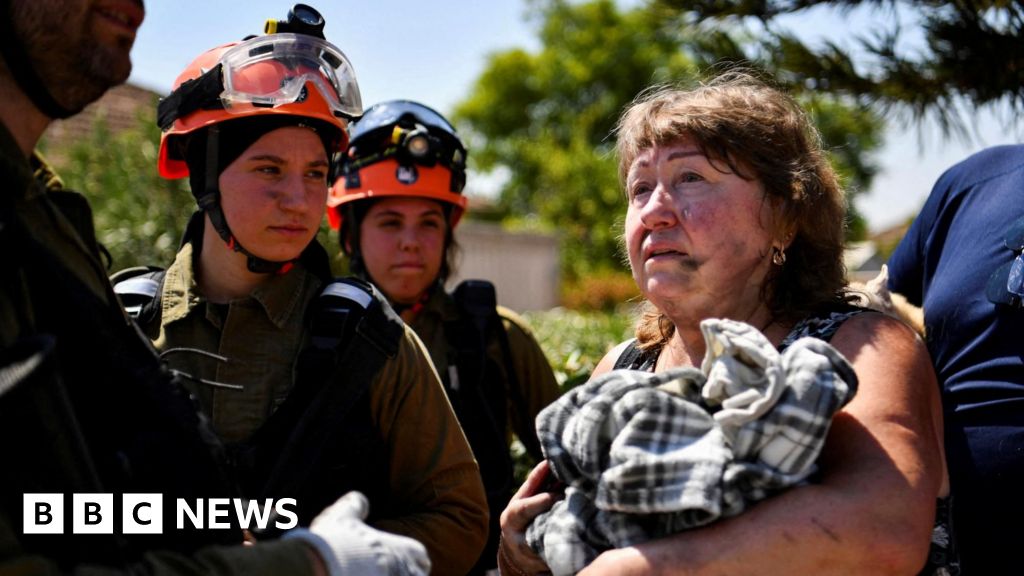In front of Army chiefs, hundreds of vehicles crossed the rigs and two other crossings yesterday as the culmination of Exercise Immediate Response, part of the wider Steadfast Defender operation, a Nato war game and the largest deployment to Europe in 40 years.
The two-week exercise involving British, Polish and US armies included nearly 2,400 UK troops and 1,105 vehicles including 22 Challenger tanks, 88 Warrior infantry fighting vehicles and 104 Bulldog armoured personnel carriers.
‘I had a bet with the Americans’
Maj Ryan Ingram, the commanding officer of 23 Amphibious Engineer Squadron manning the M3s, said he’d had a “wager” with the Americans over who could establish a crossing quickest throughout the week.
“The maths never lies. It’s been a wager between me and my US peer with regards to which one is faster. So far, I’m winning and I haven’t lost a round this week,” he said before explaining the logistical advantages of the British approach.
“We can multiple stack on the ferries that allows us to put more over at a time because they are restricted by speed and they are also restricted by the fact vehicles can’t hard-brake or anything on the pontoons.
“I have full faith that the science and maths is there. As long as the crews do as they are instructed, it’s really quite safe.”
In a real-life war situation such as in Ukraine, crossings could come under attack with vehicles stuck on bridges becoming easy targets. However, using ferries allows for a quick escape.
‘We could just disappear’
“We’d break and hide,” he said. “If any fire came into play, we’d just break away and disappear into the river and to a safe location.”
There are more than 1,900 such river crossings in Northern Europe alone making the manoeuvre hugely important if Russia were to attack Nato allies.
“It’s more important than ever that we’ve got this kind of capability: speed and manoeuvrability on the battlefield.
“We want to be in, out and gone before we have even been seen.”
Referring to Russians coming under attack while trying to gain territory while crossing in Ukraine, he added: “If you are trying to cross a particularly difficult obstacle you want to be in and out the way before you are even seen. The Russians got it wrong. You can always learn from other people’s mistakes.”
This was the first Nato operation for Maj Ingram and his squadron since the Army lifted its ban on facial hair. Sporting a beard himself, he claimed it had made the regiment even more efficient.
“You’ve got to adapt, you’ve got to go with change. There is no harm in change,” he said.
“We’ve not had any problems and on an exercise it saves us no end of water with shaving. It’s one of those things we don’t have to worry about in the field.”

Emily Foster is a globe-trotting journalist based in the UK. Her articles offer readers a global perspective on international events, exploring complex geopolitical issues and providing a nuanced view of the world’s most pressing challenges.








